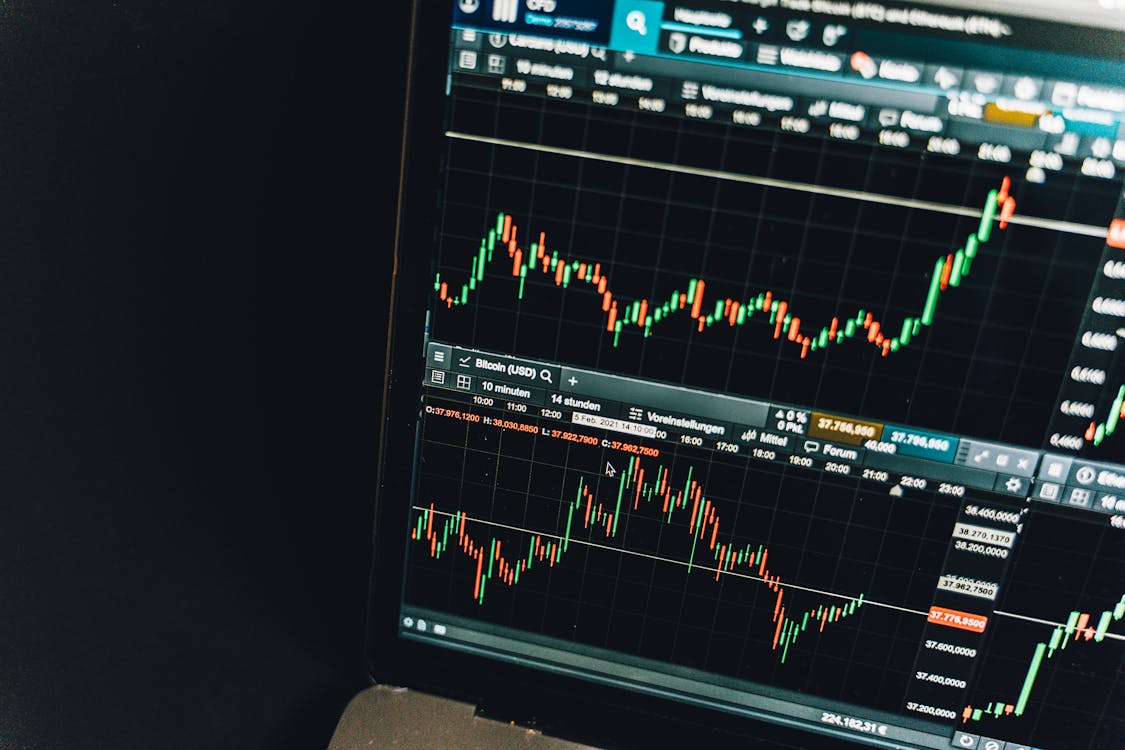07 Jan A quick look at 2021 cybersecurity statistics
What can we learn from these key figures

Pulling from stats and information is an effective way to gauge how the fight for better cybersecurity is going. No doubt, 2021 saw a spike in malware, ransomware, and hacks. Dark web activity blossomed and RaaS models appeared. To get a solid idea of what happened (and didn’t happen), here are key stats from 2021.
The Cost of Breaches
In the 17-year history of data breaches, 2021 saw the sharpest spike in cost. The annual average jumped to $4.24 million, up from $3.86 million.
Additional critical infrastructure attacks occurred, notably Kaseya. Kaseya marks the largest demand in ransomware, a coveted $70 million USD.
Public administration is most vulnerable to phishing attacks, as reported by 69% via survey.
Mobile malware attacks also surged, with Android-based devices and products caught in the crosshairs. In 2021, bank-related malware jumped by a daunting 158.7%. This was also in tandem with a growth rate of 49%.
Cryptocurrency scams exploded over the past year, with scammers siphoning $80 million from crypto-related schemes. There are suggestions the number is much higher, given the social climate around cryptocurrency and its niche desire to be seen as successful, along with a similar desire to not admit to being scammed.
Right in tandem with cryptocurrency scams comes its relationship to ransomware gang activity. Cryptocurrency is the preferred payout and transaction method for threat actors, given its obscuring nature. Roughly $5.2 billion worth of payouts is based in cryptocurrency. You can read the full FinCen report here.
In 2020, the FBI observed record-holding cybersecurity threat reports. In total, the complaints reached 791,790, totaling a loss of $4.2 billion USD in that year alone. You can read the Internet Crime Report for 2020 here.
Ailing and repairing the costs of a ransomware attack have also greatly increased. While victims are coerced into paying a ransom, there’s also the matter of fixing damages, consolidating downtime, and dealing with a damaged brand. The average cost in 2021 for ransomware recovery jumped to $1.8 million. In 2020, that figure was $761,106.
Unsurprisingly, phishing attacks and attempts saw a spike in 2021, up by 11 percent. Hackers and threat gangs took advantage of COVID-19 messaging for effective breaches, according to Verizon’s breach report.
What can we take from these statistics?
It’s easy to see from the data that ransomware threats, hack attempts, crypto scams, and a barrage of other problems increased significantly since 2020. Social engineering scams reign champion as the go-to method for cyber strikes and we also observe how hackers take advantage of trends for improved success rates.
And that’s not all of them. I’ve only covered a handful of data points related to emergency cyber events over the course of 2020 and 2021. There are plenty of other statistics relating to infrastructure breaches, targeted attacks, and compromised networks. However, omissions aside, all trends remain the same: the frequency and range of cyberattacks has increased, including their relation to costs.
It’s important to emphasize this, because without hard numbers, it’s easy to lose sight of what’s going on “in the background.” People understand that ransomware, cyber-attacks, and phishing is increasing. They also hear it’s at an all-time high. But by seeing the numbers, we can better internalize just how grave these factors are.
However, it’s good to know where the field of cybersecurity stands. By recognizing the problem, we can further address it for improved future defenses.
Share this post:
Sorry, the comment form is closed at this time.